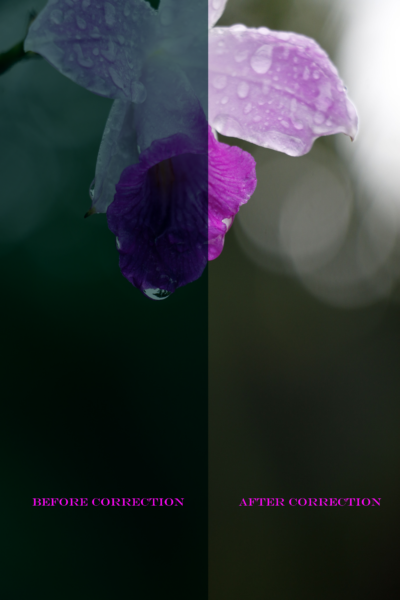It seems that this question will always be there to haunt photographers (enthiusiasts and pros as well as mere amateurs). You should believe that the answer is complicated and prone to errors. Or that the issues are so thorny that nobody can answer.
Again this month, I walked by a pro photographer on a mission to convince everybody to use (Roger, you know who you are!)
Even though the story is rather simple and fast becoming simpler.
What’s a RAW file?
When a digital camera catches a photo it takes raw data from the image sensor. If it does not do much, it stores them in a RAW file (easy, eh?) If it tries to handle them, it will try an improve them, reduce their size reasonably and it will store them in a different file format (99.99% as JPEG format).
Except in specific cases (entry-level smart-phones), all cameras are able to store a RAW file (if you ask). All cameras will know how to give you a JPEG file.
Except in specific cases (e.g. Linux), all common Operating Systems (MacOS/OSX and Windows) are able to read RAW files as well as JPEG. But even on Linux, it’s easy to find cheap (or free) tools reading RAW Files.
Advantages of JPEG
Really! All! tools can use it.
Files are compressed: They are as small as reasonably possible, use as little memory space as possible on the memory card or on the hard drive.
Drawbacks of JPEG
Compression is at the origin of some issues more or less perceptible depending on the original image:

Advantages of RAW
A RAW file contains all the range of informations captured by the sensor. On the real photo cameras (not smartphones), there is often a wide margin because the sensor is much more sensitive than what is normally needed by the snapshot. But tis is exactly what is needed to “save” some pictures which came out over-exposed or grossly under-exposed, where a JPEG has already lost the important information.
You probably noticed that some picture taken inside a building can come out very yellowish or that some landscapes can appear quite blueish. It comes from the color management automatically applied by the camera on the JPEG photo. For a RAW file, the color management is always kept as an external option that you can modify or choose at the last minute if you are not 100% happy with the engineers choice. You can decide in RAW while a JPEG will forfeit your possibility of choice.
Drawbacks of RAW
RAW are bigger than JPEG files (roughly ten times). So, you can store less pictures on a given memory card, or on a given hard disk drive. But, let’s recognize than this is getting negligeable in front of the permanent progress of capacities/sizes (and the corresponding plumetting prices).
Recommendation from YLovePhoto
Most cameras allow you to store both formats at the same time. Do it!
Then, you will choose which one to use according to the application. I recommend to start working on the JPEG (after all, engineers worked their head off to cover most situations). But, in some few cases, you will be happy to use the RAW version.
- to save an over-exposed picture
- to refine the details of a large size print
- to correct color shift on a tough picture (inside building with complex lighting, high in the mountain, sunset)
You’ll get the most of both worlds at the only (minimal) cost of size. But looking at Amazon prices for memory cards…
Sources and information complements
- PetaPixel: Why you should shoot in RAW
- These Are the Advantages and Disadvantages Of Shooting Raw (LightStalking)
- The Online Photographer: JPEGophobia
- Should you shoot in RAW or JPEG? (DIY Photography)
- RAW Software: What is Available and What Should You Use? (LightStalking)
- A RAW Feast on the Linux Darktable (Photo Editor)
- Photoshop CS6 et le RAW par la pratique : comprendre les courbes
Roger Pimenta on Facebook.
Roger Pimenta’s side company RejectionMedia web site.
![JPEG.vs.RAW [Band]](https://www.ylovephoto.com/en/wp-content/uploads/2016/09/Grand-orchid-Costa-Rica-JPEG.vs_.RAW-Band.png)